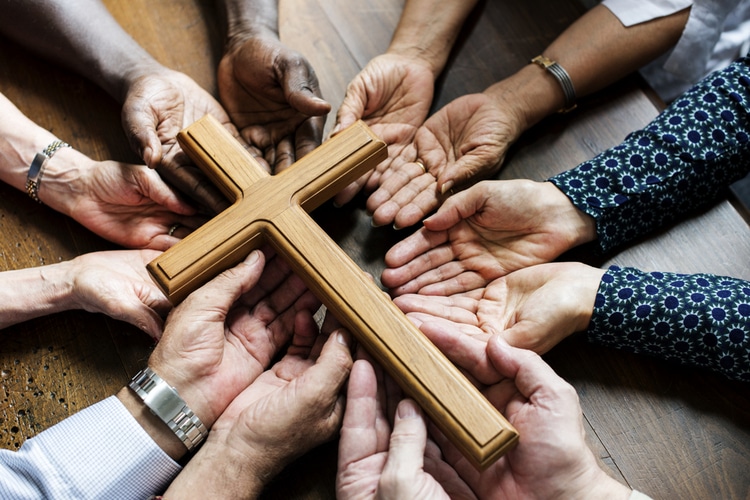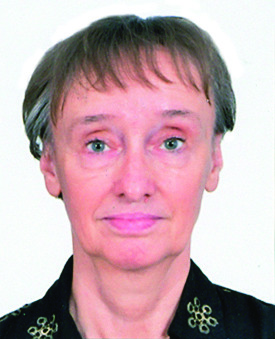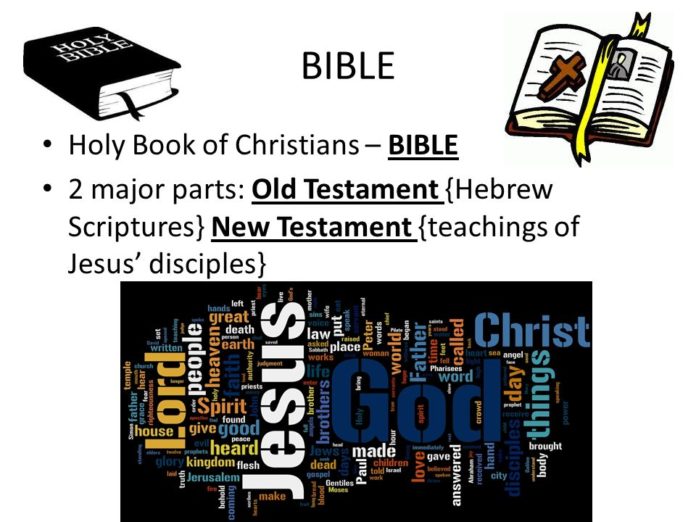Christianity is an Abrahamic, monotheistic religion based on the life and teachings of Jesus of Nazareth. It is the world’s largest religion, with about 2.5 billion followers. Its adherents, known as Christians, make up a majority of the population in 157 countries and territories, and believe that Jesus is the Christ, whose coming as the Messiah was prophesied in the Hebrew Bible (called the Old Testament in Christianity) and chronicled in the New Testament. The four largest branches of Christianity are the Catholic Church (1.3 billion/50.1%), Protestantism (920 million/36.7%), the Eastern Orthodox Church (230 million), and the Oriental Orthodox churches (62 million). Thousands of smaller church communities exist despite efforts toward unity Christianity is growing in Africa and Asia, the world’s most populous continents.
A central part of the Christian dogma is trinity, the three-fold unity of the father, the son and the Holy Spirit. In the opinion of critics this undermines the monotheism of Christianity. Jesus Christ is the prophet of Christianity; he was a first-century Jewish preacher and religious leader. Most Christians believe he is the son of God born by Maria as the result of an immaculate conception and the awaited messiah, prophesied in the Hebrew Bible. Christianity regards both the Old Testament and the New Testament, as the inspired word of God transmitted by Jesus. The main symbol of Christianity is the crucifix/ cross; a symbol of the crucifixion of Jesus and his passion. In the Bible, Jesus walks with and carries the heavy cross a long way on his way to his crucifixion. In Christianity, Jesus is considered to have sacrificed himself and died for others people’ sins. Baptism is the ritual act, with the use of water, by which a person is admitted to membership of the Church.
Christians of Southern India, Sri Lanka and Maldives connect their origin mainly with the Apostol Saint Thomas. According to the tradition, Christianity was introduced to India by Thomas the Apostle, who is said to have reached the Malabar Coast of Kerala in 52 AD. There is a general scholarly consensus that Christian communities were firmly established in the Malabar Coast of Kerala by the 6th century AD, which became the Syrian Christian community of Kerala. The Syrian Malabar Nasrani people represent another community in Kerala. They follow a unique Hebrew-Syriac Christian tradition which includes several Jewish elements along with some Hindu customs. They have a Syriac-Keralite heritage, their culture South Indian, their faith, St. Thomas Christian, and their language, Malayalam. According to the Acts of Thomas, Thomas’s first converts in India had been Malabari Jews, who had settled in Kerala before the birth of Christ.
There are other examples also. The south Indian coastal areas around Kanyakumari were known for pearl fisheries ruled by Paravars. From 1527, the Paravars were being threatened by Arab fleets offshore, supported by the Zamorin of Calicut. The Paravars sought the protection of Portuguese who had moved into the area. The protection was granted on the condition that the leaders were immediately baptised as Christians and that they would encourage their people also to convert to Christianity; the Portuguese would also gain a strategic foothold and control of the pearl fisheries. The deal was agreed and some months later 20,000 Paravars were baptised en masse, and by 1537 the entire community had declared itself to be Christian. Francis Xavier, a Jesuit, in 1542 began a mission to the lower classes of Tamil society. A further 30,000 Paravars were baptised. Xavier appointed catechists in the Paravar villages up and down the 100 miles of coastline to spread and reinforce his teachings. Paravar Christianity, with its own identity based on a mixture of Christian religious belief and Hindu caste culture, remains a defining part of the Paravar life today.

Starting from European colonisations from 15th century several Western Christians denominations like Latin Catholics and Protestants came into existence in the cities of Portuguese Goa and Daman and British India. The Church of North India and Church of South India are united Protestant Churches that were established as a result of evangelism and ecumenism by Anglicans, Methodists, and other Protestants in India who flourished in colonial India. Further Protestantism was later spread to India by the efforts of North American, British, German, and independent non-denominational missionaries who preached the gospel to evangelise Indians.
Beginning about 1700 Protestant missionaries began working throughout India, leading to the establishment of different Christian communities across the Indian Subcontinent. The first Protestant missionaries to set foot in India were two Lutherans from Germany, Bartholomäus Ziegenbalg and Heinrich Plütschau, who began work in 1705 in the Danish settlement of Tranquebar. During the 18th and 19thc. Protestant Christian missionaries campaigned towards the social reforms like untouchability and promoted western education in Indian society. In the 20th c. the United States, sponsored missions in India. Outside Christian missions have been less active since 1914 as Indians themselves take action and Protestant groups have formed unions.
In south Asia, Christians like Muslims are mainly converts from Hinduism. Again, mainly people from lower classes converted to Christianity trying to evade the caste system as a main reason. But as with Islam, this didn’t work out and Christianity has adopted the caste system as well as many other Hindu traits. There is a small community with mixed European-Indian ancestry, mainly descendants of the Portuguese. People of Portuguese descent are living mostly in former Portuguese Indian colonies, the most important of which were Goa and Daman of the Konkan region in the present-day India. While the Portuguese conquerors encouraged their men to marry indigenous women, the British having a racist mindset did not. Consequently, some Christians with Portuguese descent come from prominent Portuguese families, keep proud record of it and are well respected in society. Christians with British descent, mostly children of servants, were never recognized by the British themselves and were looked down upon by British and Indians alike.
Many Christians are tribals or members of lower castes or Dalits. Many Christians live in the so called “tribal belt,” which extends across the center of India from Pakistan in the west to Bangladesh and Myanmar in the east. Mizoram, India’s only predominately Christian state, is in northwest India. Christianity in some places has been adapted to Indian beliefs and concepts of spirituality. In some places Christians have more influence than their numbers would suggest because they have traditionally been more educated than the general population. Indian Christians tend to be urbanized and hold Western professions such as teachers, nurses bank clerks and civil servants. But overall, Christians in South Asia face discrimination, though their discrimination in Maldives is reported to be worst. In Pakistan around 75 percent of Pakistan’s Christians are rural Punjabi Christians, while some speak Sindhi and Gujarati, with the remainder including more affluent Goan Christians and Anglo-Indians. As Punjabi Christians are mainly Dalit Christians descendants of lower-caste Hindus who converted during the colonial era in India their dire socio-economic conditions facilitate religious discrimination; for example, it is estimated that Christians fill about 80% of the manual sewer cleaning jobs in the whole of Pakistan. Pakistani Blasphemy laws have repeatedly been misused to accuse Christians of offending Islam while using the law to settle land or family disputes or other controversies. Another problem is abduction and forced conversion of Christian girls. With Islamic extremism on the rise, intolerance for religious minorities is growing in South Asia.
Contributed by:

Dr. Bettina Robotka, former Professor of South Asian Studies, Humboldt University, Berlin, Editor of the Defence Journal and a Consultant to the Pathfinder Group.





